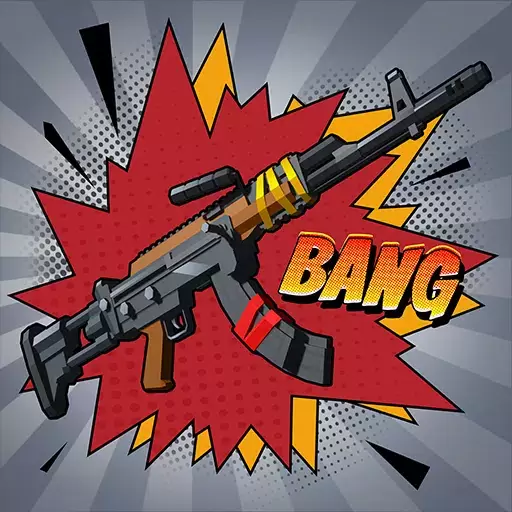Blades of Fire: The First Preview
When I sat down to play developer MercurySteam's latest project, Blades of Fire, I anticipated a return to the studio's roots with Castlevania: Lords of Shadow, infused with the modern flair of God of War. An hour in, the game morphed into something resembling a Soulslike, with all the stats focused on weapons rather than traditional RPG character development. By the end of my three-hour hands-on session, I realized that Blades of Fire was a unique blend of familiar elements and fresh concepts, creating a distinctive take on the action-adventure genre.
While not a direct clone of Sony Santa Monica's work, Blades of Fire shares many similarities with the Norse era of Kratos' journey at first glance. Its dark fantasy setting, powerful strikes, and third-person camera perspective echo God of War. Throughout the demo, I navigated a winding map filled with treasure chests, aided by a young companion who helped solve puzzles. Together, we sought out a woman of the wilds living in a house atop a giant creature. The game also borrows heavily from FromSoftware's library, including anvil-shaped checkpoints that replenish health potions and respawn enemies when rested at. Despite these familiar elements, Blades of Fire sometimes feels a bit too derivative.
 Blades of Fire features some deeply strange enemies that feel like dark cousins of Labyrinth's puppets. | Image credit: MercurySteam / 505 Games
Blades of Fire features some deeply strange enemies that feel like dark cousins of Labyrinth's puppets. | Image credit: MercurySteam / 505 Games
The game's world evokes a nostalgic 1980s fantasy vibe, reminiscent of Conan the Barbarian with its muscular soldiers and Jim Henson's Labyrinth with its whimsical orangutan-like enemies on bamboo pogo sticks. The story, while fitting this retro aesthetic, follows a classic video game plot: an evil queen has turned steel into stone, and it's up to you, Aran de Lira—a blacksmith demigod—to defeat her and restore the world's metal. However, the narrative and characters might not hold up as compellingly as the gameplay, feeling somewhat reminiscent of the many overlooked stories from the Xbox 360 era.
Blades of Fire excels mechanically, with a combat system centered on directional attacks that utilize every face button on the controller. On a PlayStation pad, triangle targets the head, cross the torso, while square and circle swipe left and right. This system allows you to break through enemy defenses by carefully reading their stances. For instance, a soldier guarding their face can be defeated by aiming for their gut, resulting in satisfyingly visceral impacts and blood trails.
The system shines during encounters like the demo's first major boss fight against a slobbering troll, which has a second health bar that can only be damaged after dismembering it. The limb you target dictates the outcome, allowing strategic dismemberment like removing its club-swinging arm or even cutting off its face to blind it temporarily.
Your weapons in Blades of Fire require meticulous attention, a unique feature that sets the game apart. They dull with use, reducing damage incrementally until you sharpen them or switch stances, as the edge and tip wear down independently. When a weapon shatters, you can repair it at an anvil checkpoint or melt it down for crafting new ones in the game's standout feature: the forge.
MercurySteam has created an extensive weapon crafting system where every weapon's journey begins at the forge. Starting with a basic template sketched on a chalkboard, you can modify the weapon's design, such as adjusting a spear's pole length and spearhead shape, which affects its stats and stamina demands. This process instills a genuine sense of crafting.
The forging process itself is a detailed minigame where you control the length, force, and angle of each hammer strike to match an ideal curve, aiming for efficiency to avoid overworking the steel. Your performance results in a star rating that determines how often you can repair your weapon before it's lost forever.
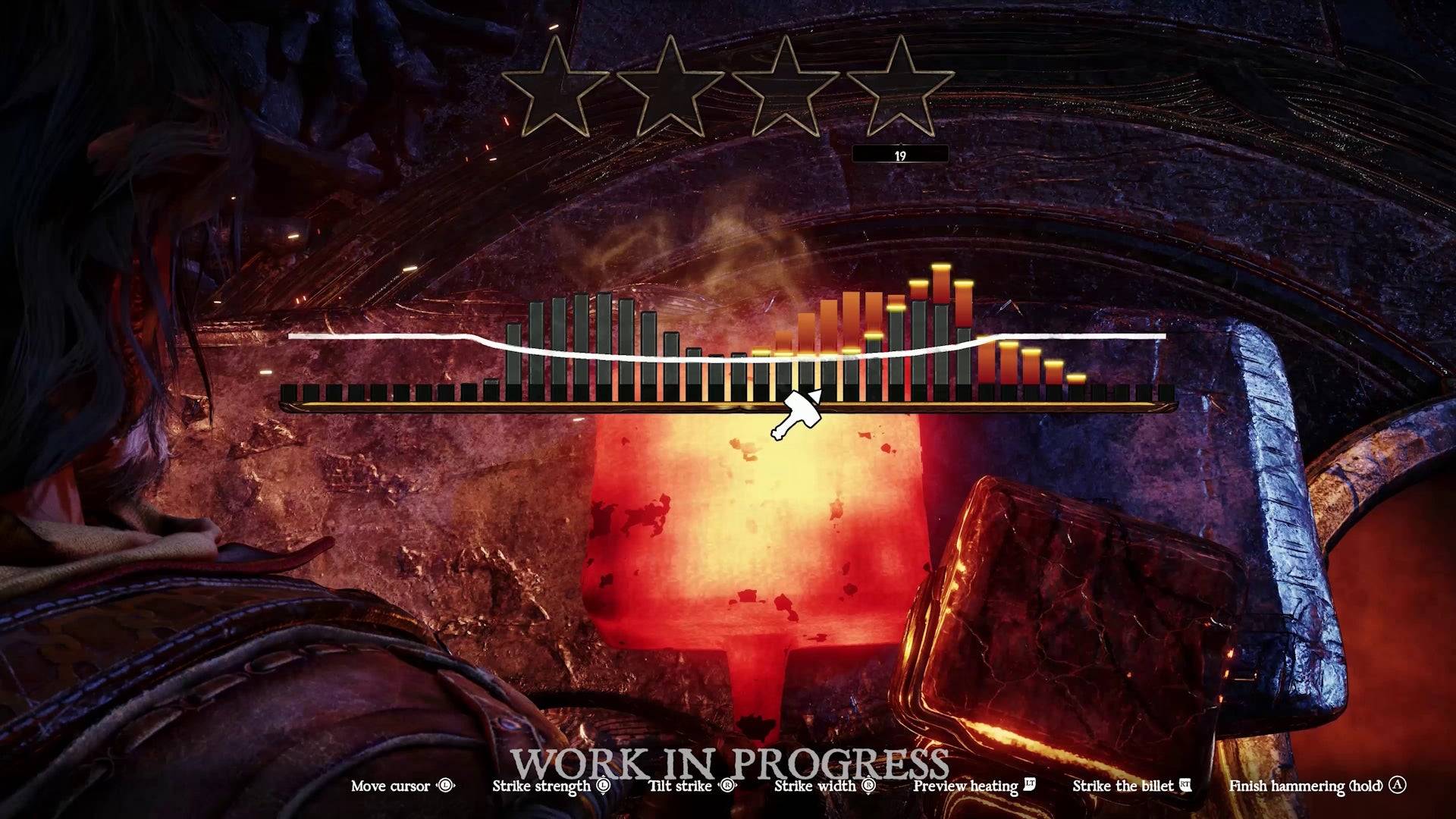 The forging minigame is a great idea that feels a little too obtuse. | Image credit: MercurySteam / 505 Games
The forging minigame is a great idea that feels a little too obtuse. | Image credit: MercurySteam / 505 Games
While I appreciate the concept of the forge and its skill-based element, the minigame felt frustratingly unclear even after multiple attempts. I hope for improvements or a better tutorial before the game's release to enhance this intriguing feature.
The forge's concept extends beyond the demo's scope, aiming to create a deep connection between players and their crafted weapons throughout a 60-70 hour journey. As you discover new metals, you can reforge your weapons to meet escalating challenges. The death system reinforces this bond, as you drop your weapon upon defeat and must retrieve it from the world.
MercurySteam's adoption of ideas from Dark Souls and its successors is evident, influenced by FromSoftware's impact on action games and the studio's own history with Blade of Darkness—a game seen as a precursor to the Souls series. Blades of Fire is a spiritual successor that builds upon these influences while carving its own path.
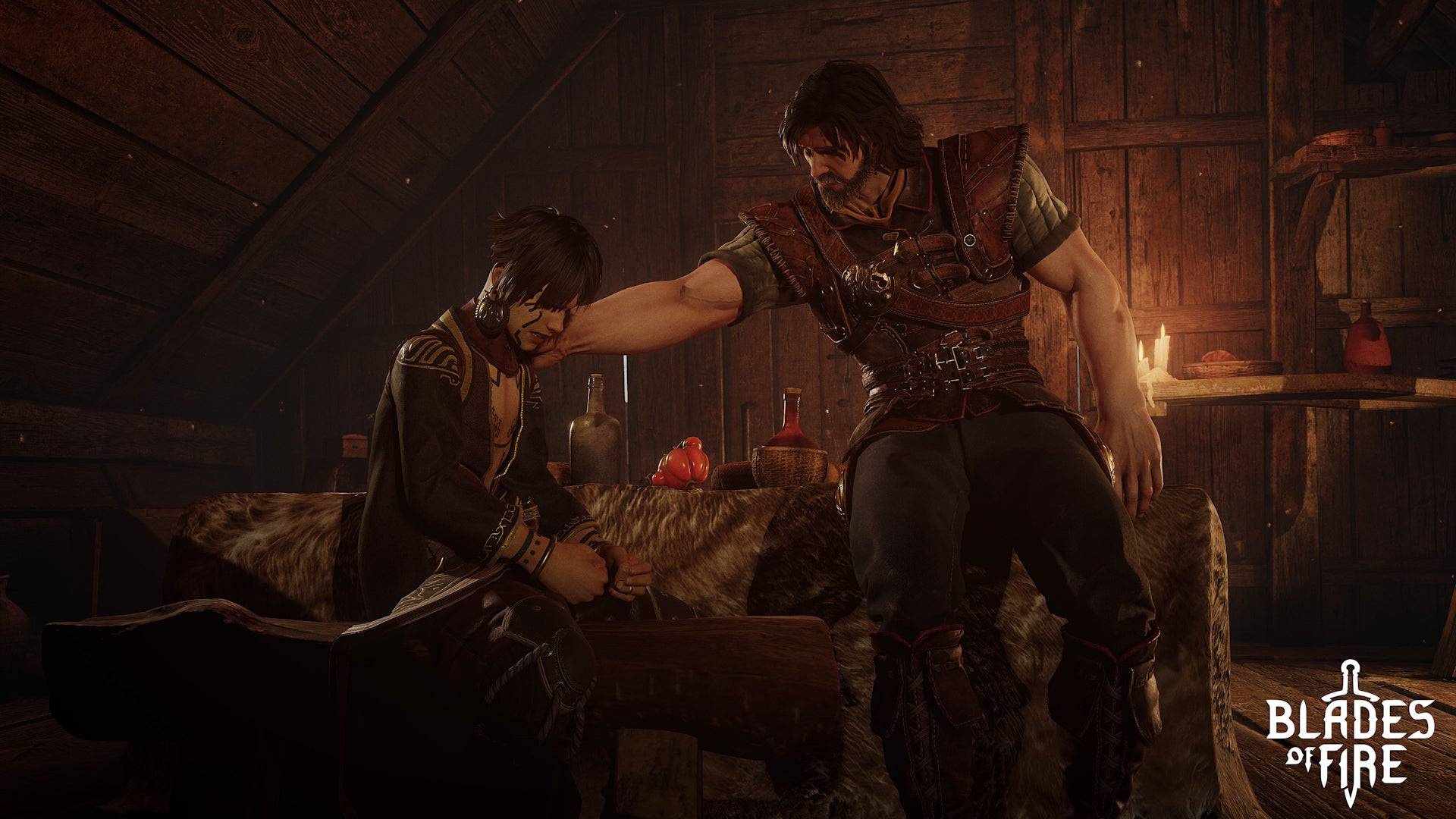 Aran is joined by his young companion, Adso, who can help solve puzzles and comment on the world's lore. | Image credit: MercurySteam / 505 Games
Aran is joined by his young companion, Adso, who can help solve puzzles and comment on the world's lore. | Image credit: MercurySteam / 505 Games
Playing Blades of Fire, I felt the pull of MercurySteam's influences—the brutal combat of Blade of Darkness, FromSoft's innovations, and God of War's world design. Yet, these elements do not define the game entirely. Instead, they are reinterpreted as part of a broader tapestry of ideas, giving Blades of Fire its own distinct identity.
I have some reservations about the game's generic dark fantasy setting and the repetition of certain encounters. However, the intricate relationship between the crafted weapons and the combat system has me intrigued. In an era where complex games like Elden Ring and Monster Hunter have found mainstream success, Blades of Fire has the potential to offer something fresh and engaging to the genre.
Blades of Fire Screenshots

 9 Images
9 Images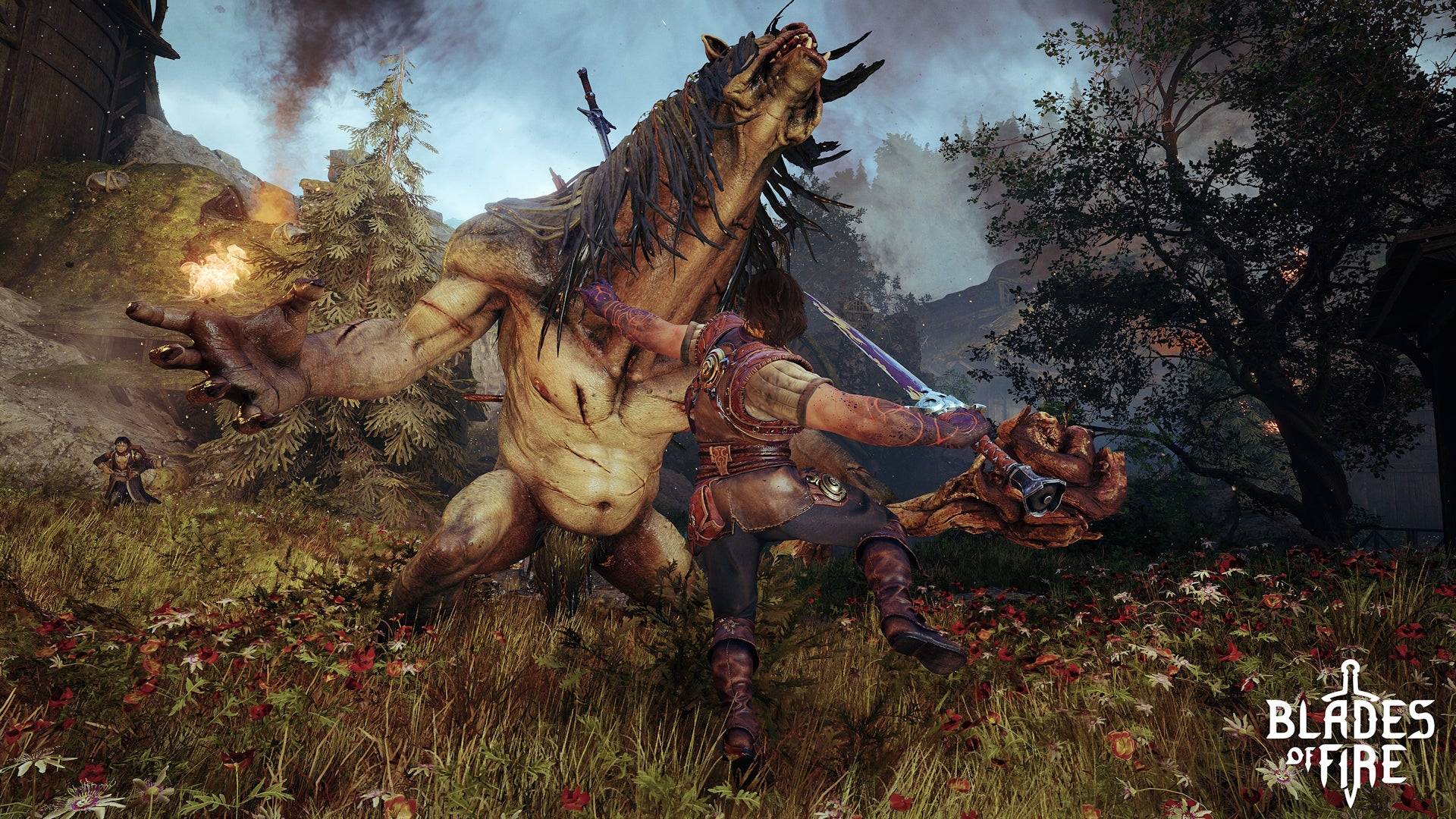
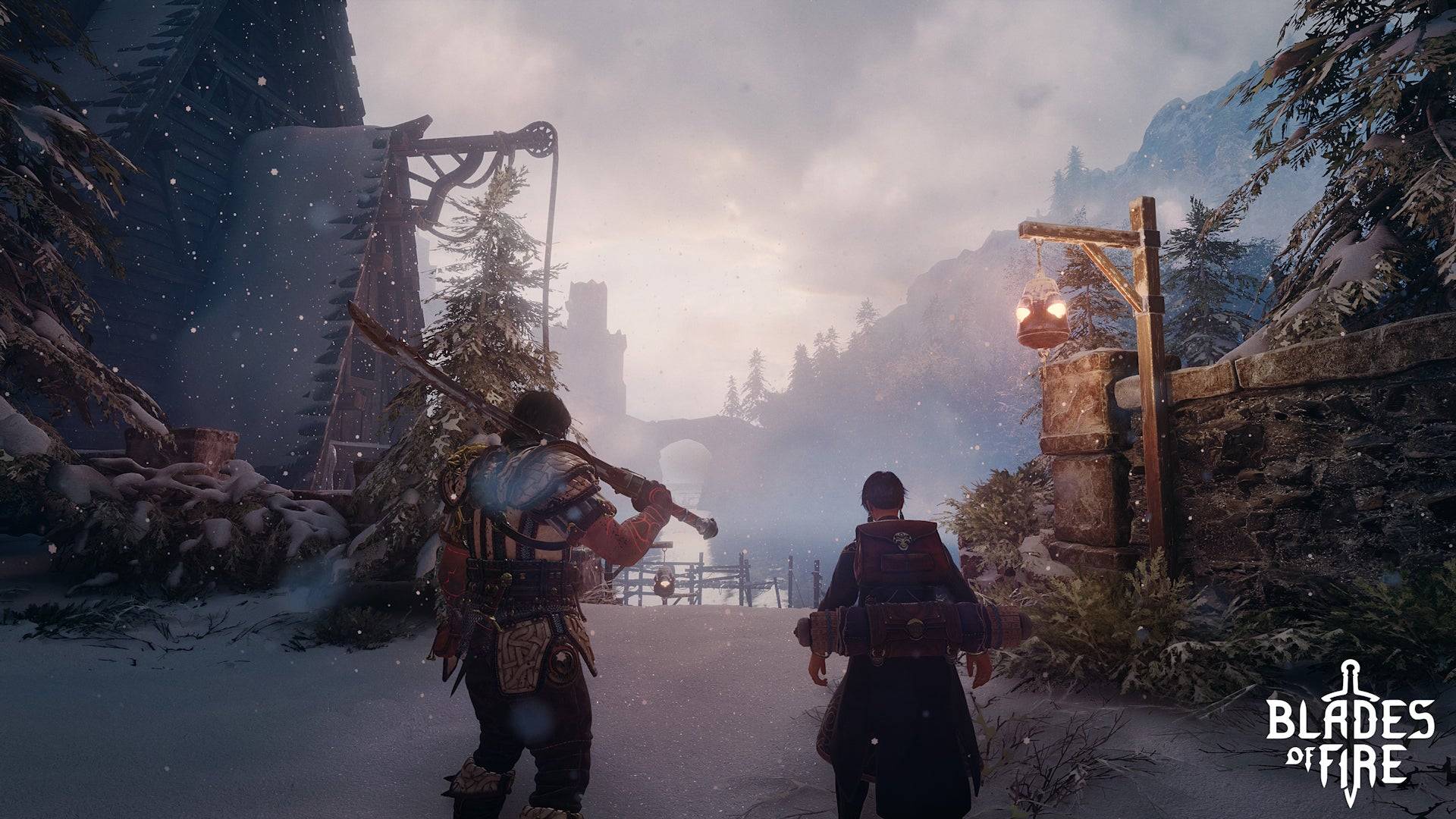
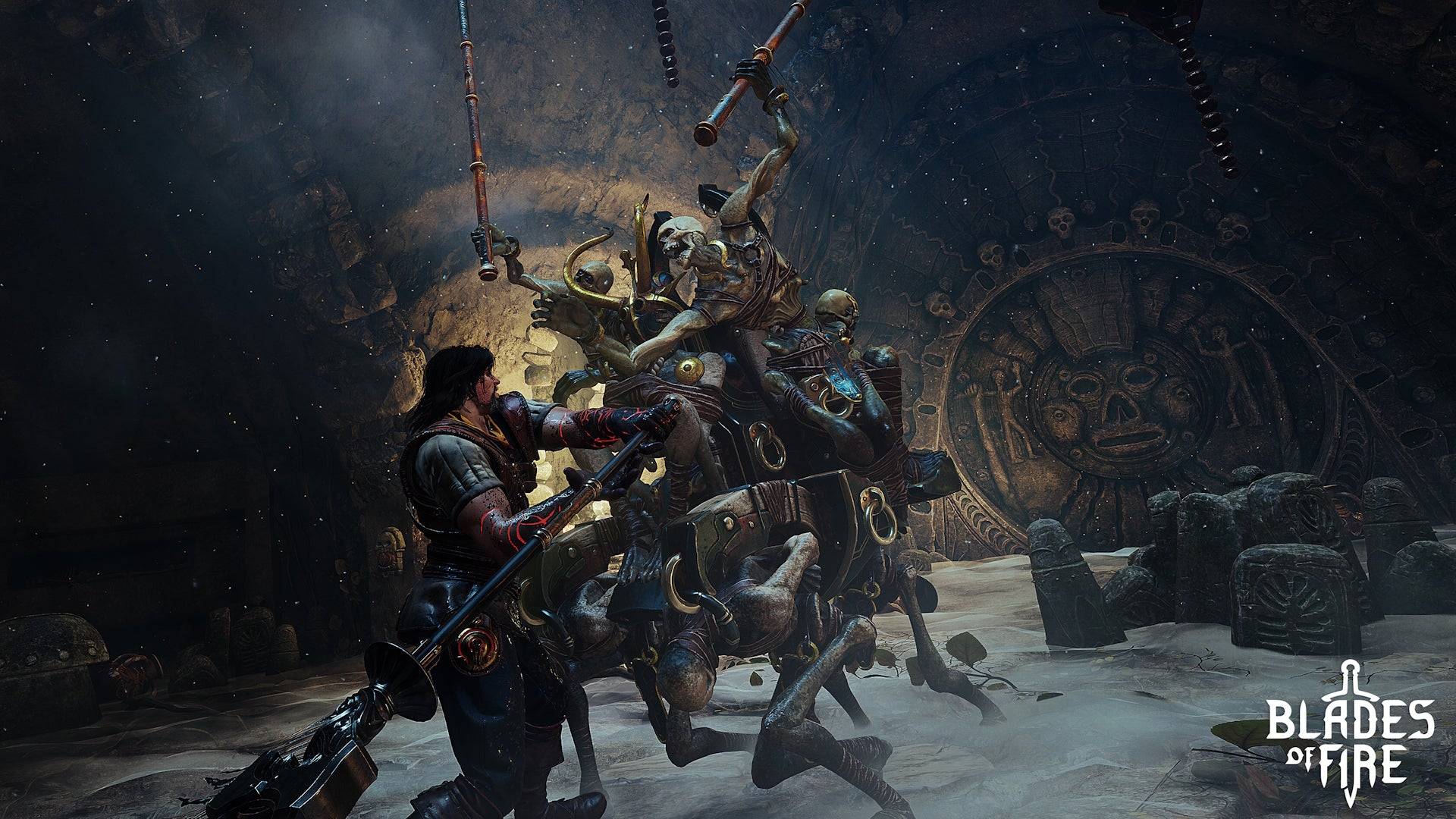

-
1

GTA 6 Set for Fall 2025 Release, CEO Confirms
Apr 03,2025
-
2
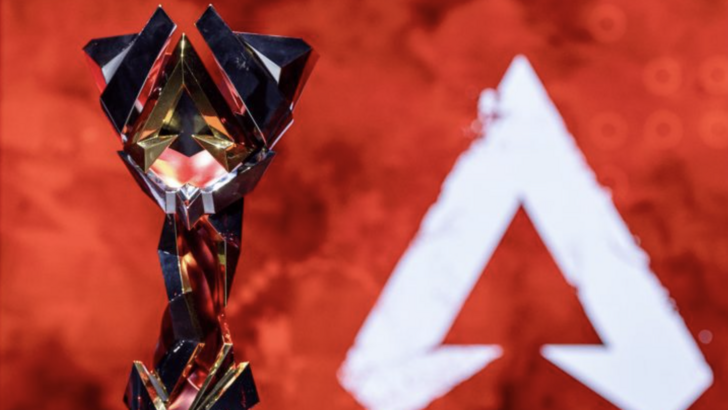
First ALGS in Asia Emerges in Japan
Jan 19,2025
-
3
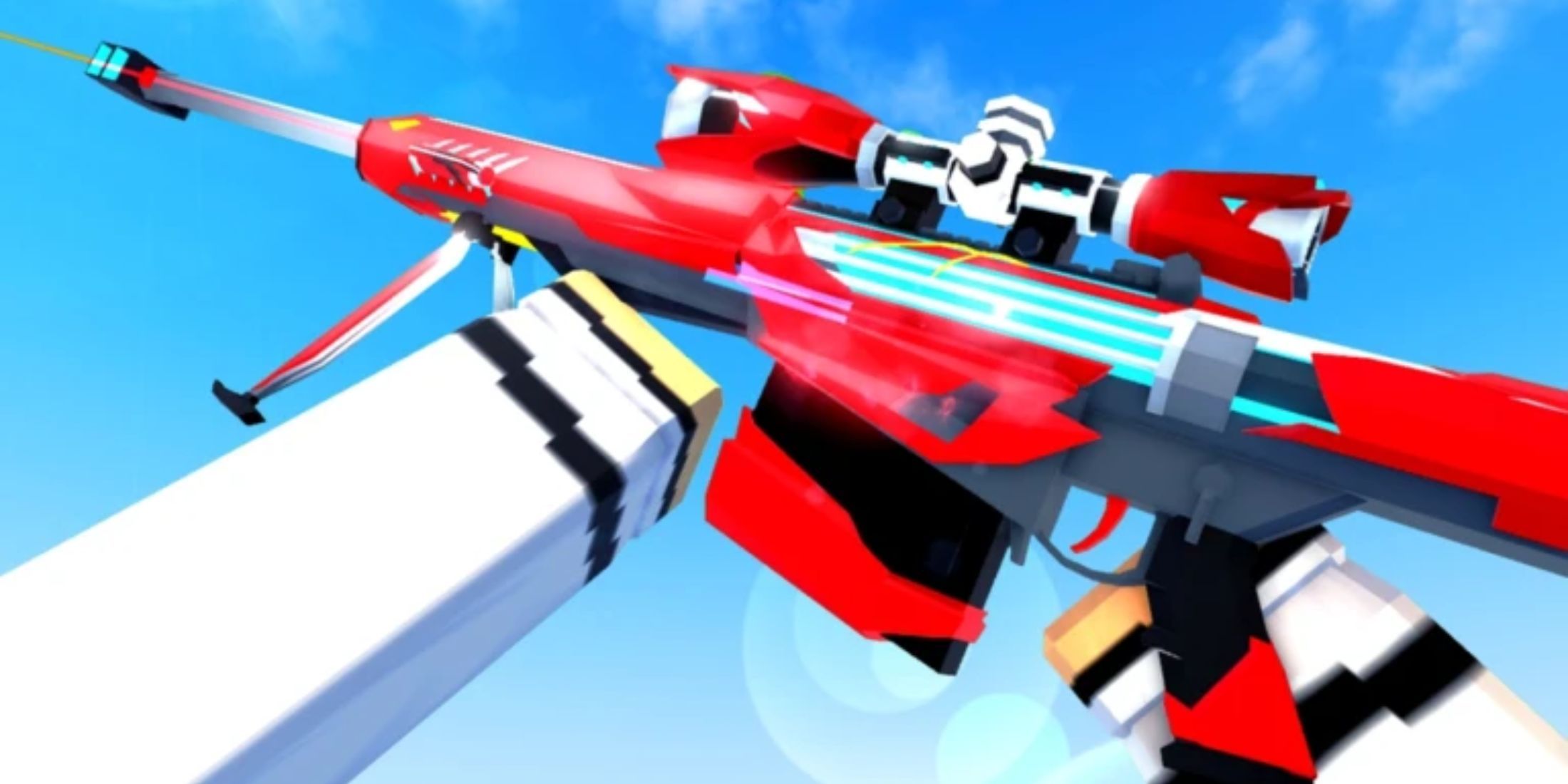
Roblox: CrossBlox Codes (January 2025)
Mar 04,2025
-
4
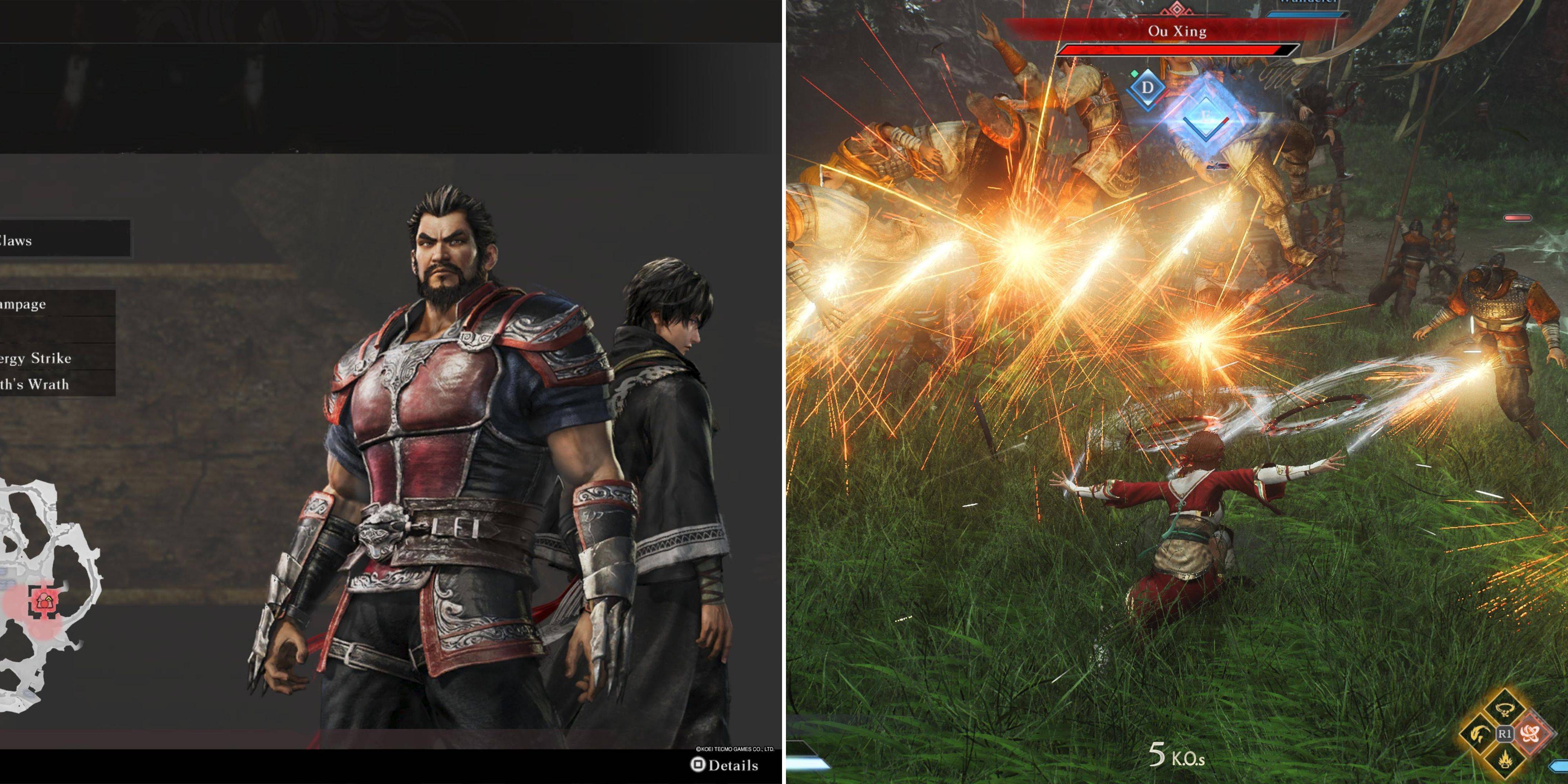
Introducing the Ultimate Guide to Seamless Character Swapping in Dynasty Warriors: Origins
Feb 25,2025
-
5
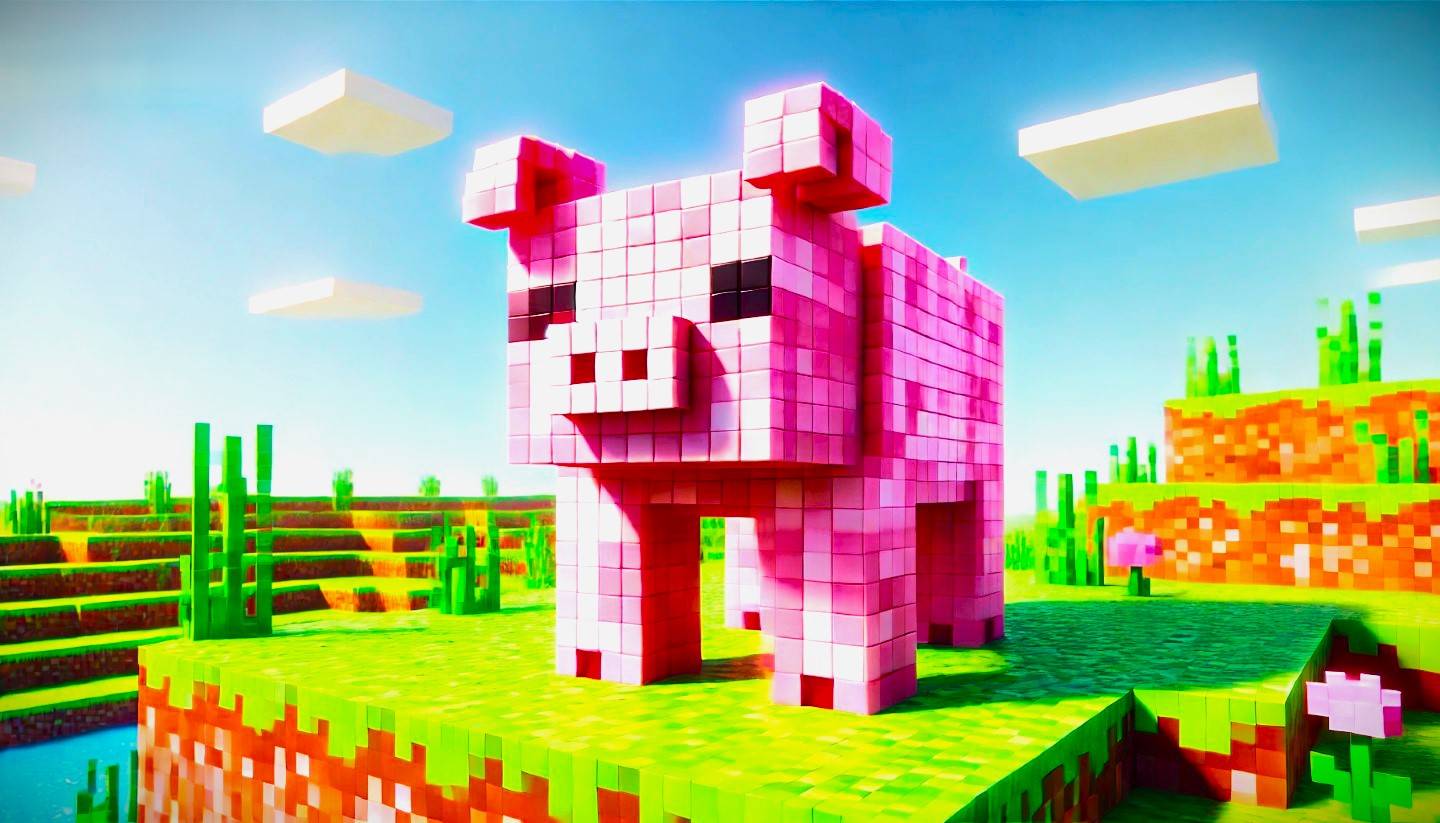
Cute mobs in Minecraft: pink pigs and why they are needed
Mar 06,2025
-
6
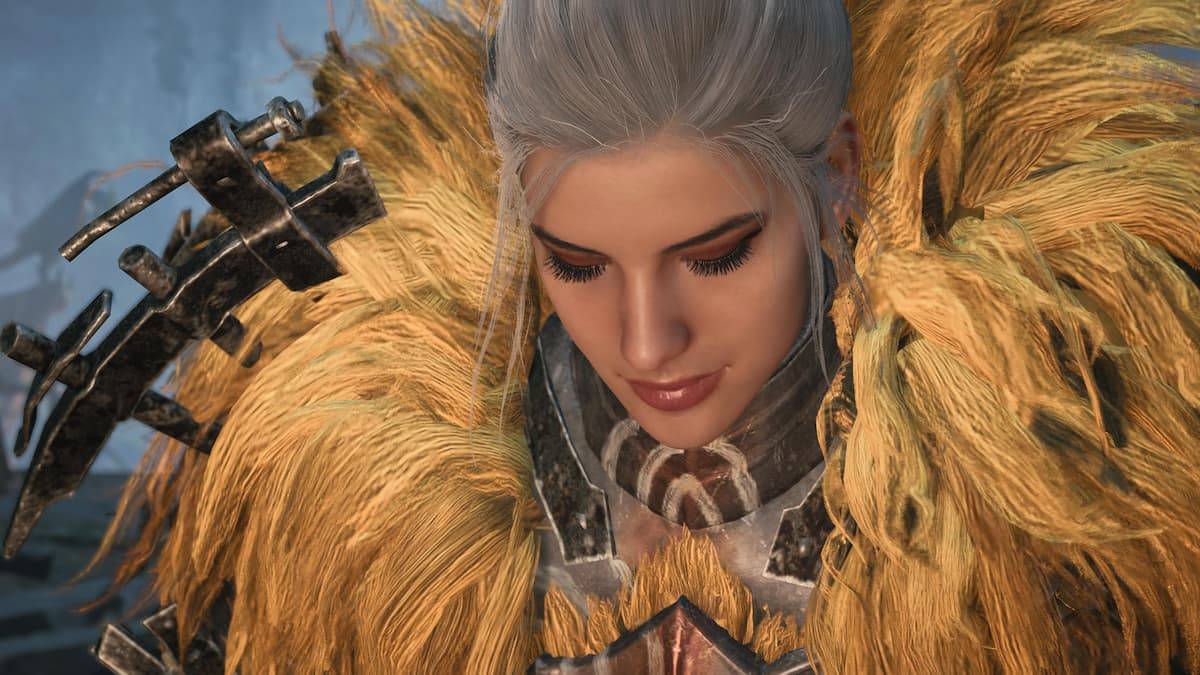
Max Hunter Rank in Monster Hunter Wilds: Tips to Increase
Apr 04,2025
-
7
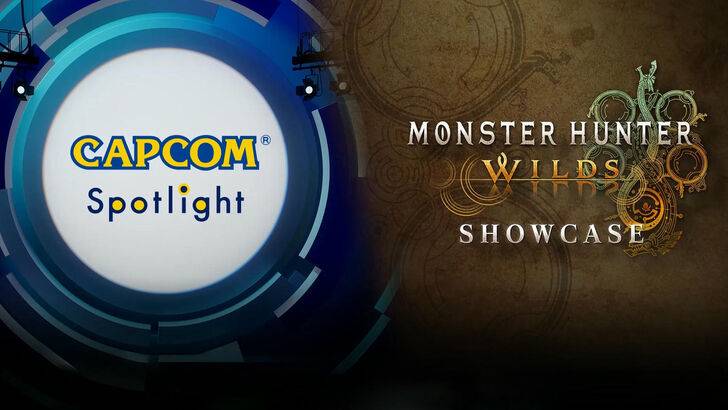
Capcom Spotlight Feb 2025 Showcases Monster Hunter Wilds, Onimusha and More
Apr 01,2025
-
8
![Roblox Forsaken Characters Tier List [UPDATED] (2025)](https://img.jdzca.com/uploads/18/17380116246797f3e8a8a39.jpg)
Roblox Forsaken Characters Tier List [UPDATED] (2025)
Mar 05,2025
-
9
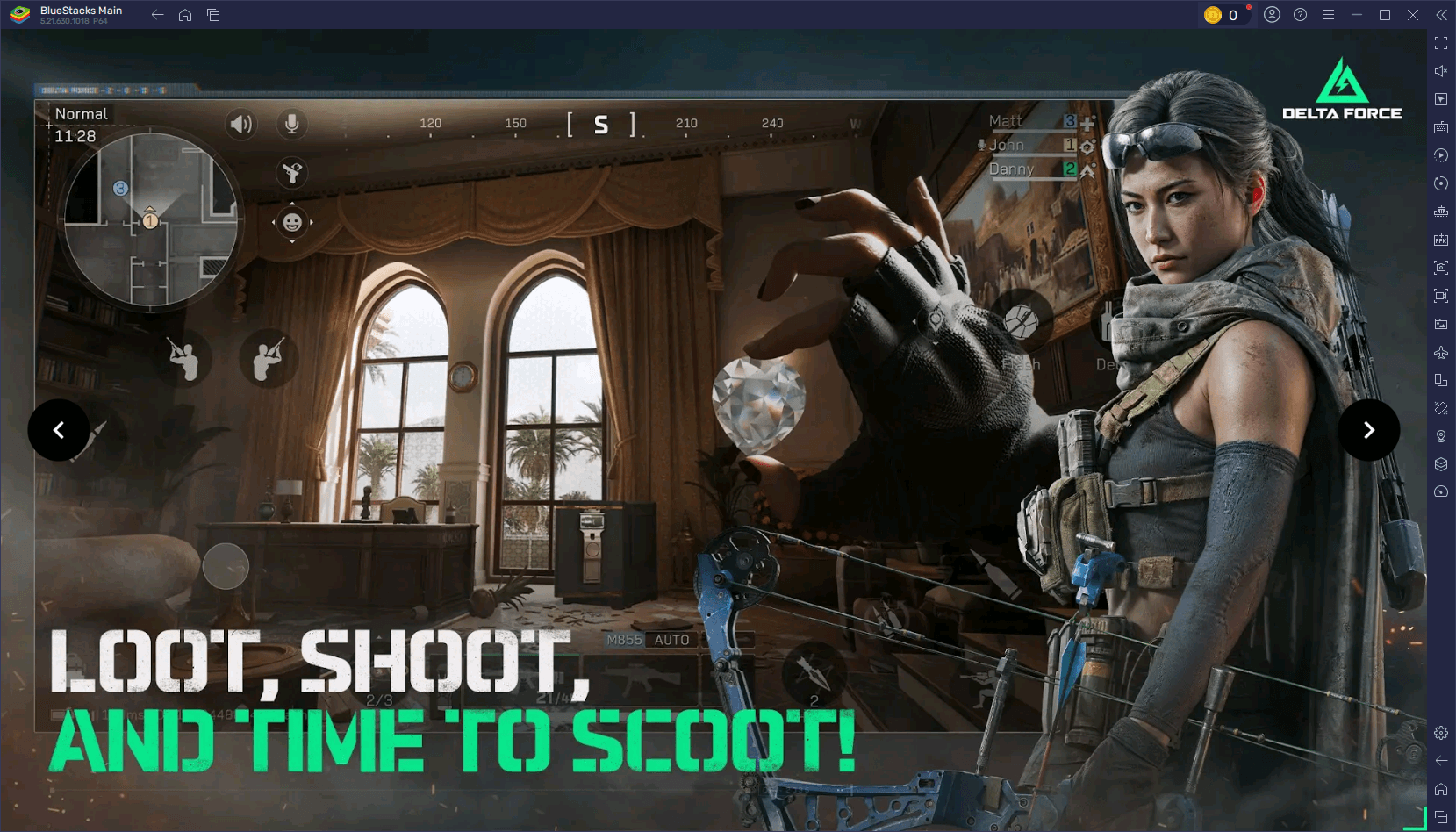
Delta Force Mobile: Beginner's Guide to Getting Started
Apr 23,2025
-
10
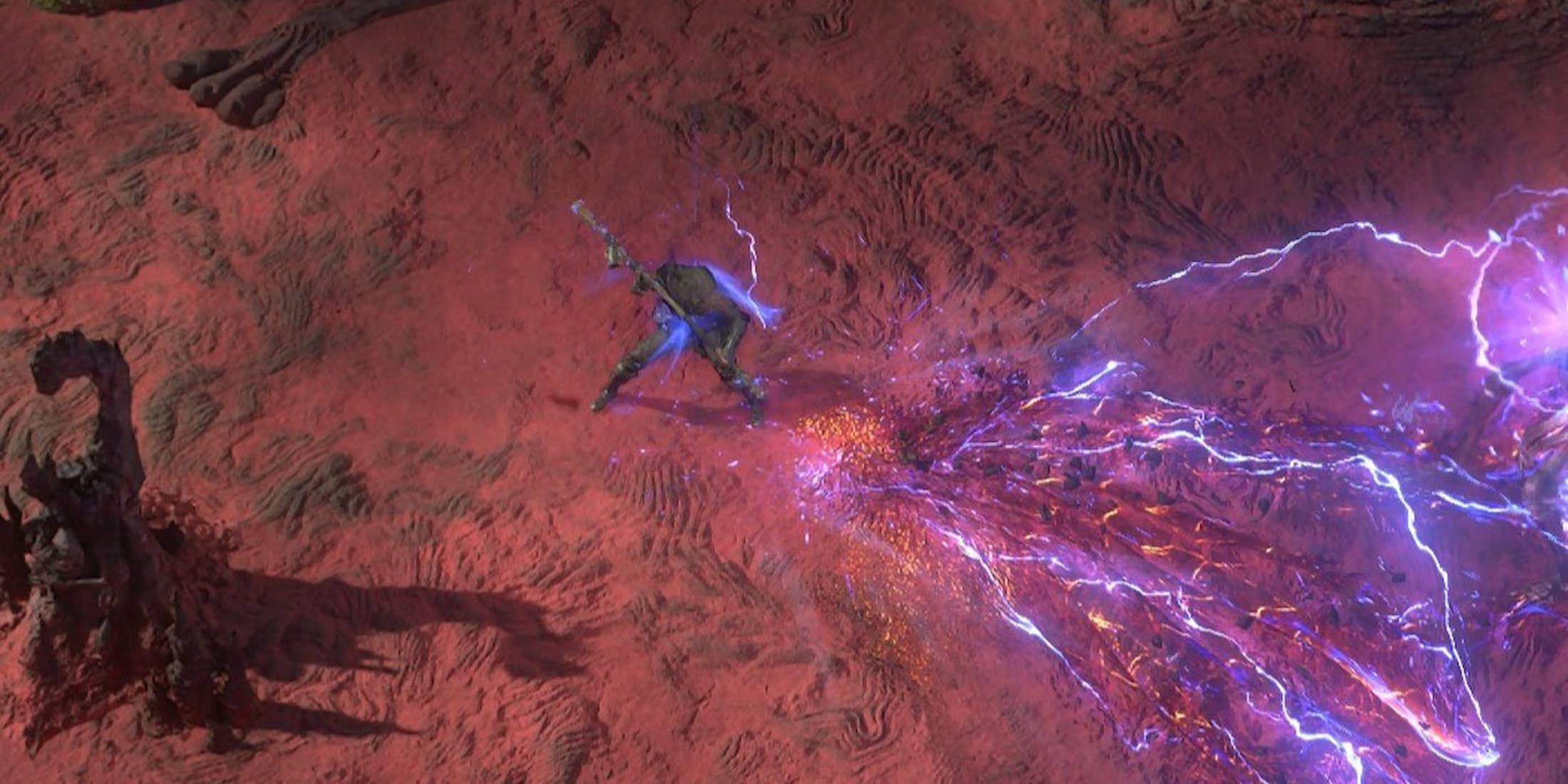
Power Charges in Path of Exile 2: Explained
Apr 03,2025
-
Download

Portrait Sketch
Photography / 37.12M
Update: Dec 17,2024
-
Download

Friendship with Benefits
Casual / 150.32M
Update: Dec 13,2024
-
Download
![[NSFW 18+] Sissy Trainer](https://img.jdzca.com/uploads/16/1719638919667f9b874d57e.png)
[NSFW 18+] Sissy Trainer
Casual / 36.00M
Update: Dec 11,2024
-
4
F.I.L.F. 2
-
5
슬롯 마카오 카지노 - 정말 재미나는 리얼 슬롯머신
-
6
Shuffles by Pinterest
-
7
Pocket Touch Simulation! for
-
8
Life with a College Girl
-
9
Chubby Story [v1.4.2] (Localizations)
-
10
Hunter Akuna



